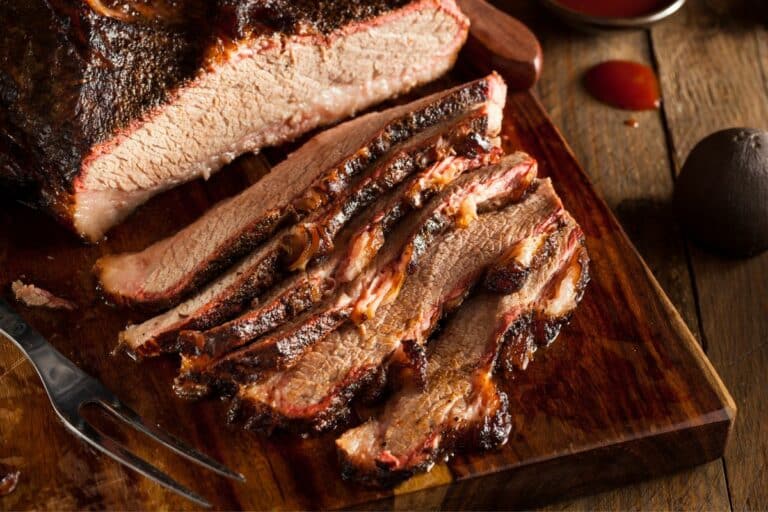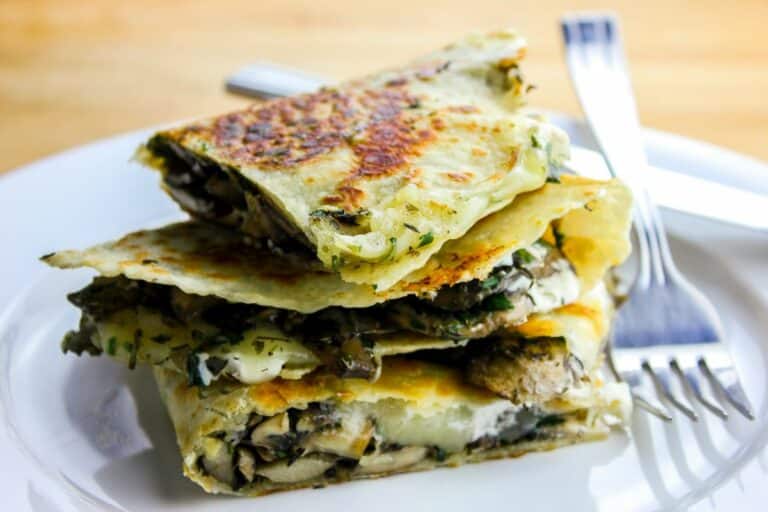Is Chicken Tenders a Food Analog? Find Out the Truth
Is Chicken Tenders a Food Analog?
Explore the tropical-inspired world of chicken tenders and uncover if they qualify as a food analog with our family’s global twist!

Crispy golden chicken tenders with ranch and mango sauce, Victor-approved.
Transparency Notice: This post contains affiliate links. We may earn a commission at no extra cost to you. We only recommend products we trust, like those in our Recipes. Learn more.
Jump to: Introduction • Food Analogs • Ingredients • Nutrition • Health • Production • Poll • FAQs • Conclusion
Chicken tenders, a global comfort food, are loved for their crispy, juicy perfection. At Mangoes and Palm Trees, we’ve tested them in our Vietnam kitchen with Victor (8, turning 9 in November 2025), adding tropical twists like mango glazes inspired by our travels across 50+ countries. But are they a food analog—designed to mimic another food? While made from real chicken breast, their processed, uniform nature sparks debate. Join us to explore their history, ingredients, nutrition, and place in your diet, with a nod to our tropical recipe, crafted with Oliver’s hospitality expertise.
Introduction to Chicken Tenders
Chicken tenders are a universal favorite, loved by kids like Victor and adults for their crispy breading and tender meat. Paired with dips like ranch or our Thai-inspired mango sauce, they’re a versatile snack or meal. But do they qualify as a food analog? Let’s dive into their history and global appeal to find out.
Historical Background
Born in the U.S. in the 1970s, chicken tenders became fast-food stars thanks to chains like McDonald’s and KFC. Their uniform shape and crispy coating, perfected in our family’s travels from Texas diners to Thai street stalls, made them a global hit, as seen in our spicy adaptations.
Popularity and Consumption
Today, chicken tenders are a worldwide obsession, from fast-food menus to our Apple and Honey Glazed Chicken Tenders. Their crispy-juicy combo makes them irresistible, whether paired with fries or in keto-friendly wraps, tested by our family in Vietnam.
Defining Food Analogs
Food analogs mimic the taste, texture, and look of traditional foods, often for vegan, allergy-friendly, or sustainable diets. While processed chicken tenders use real chicken, their uniform shape and breading raise analog questions, a topic we’ve explored in our technique guides.
Concept of Food Analogs
Analogs use plant-based or processed ingredients to replicate foods, meeting dietary needs while reducing environmental impact. Think sustainable vegan burgers or dairy-free cheese, unlike tenders, which are chicken but heavily processed.
Examples in the Market
From Impossible Foods’ plant-based burgers to Daiya’s melty vegan cheese, analogs cater to diverse diets. Unlike tenders, which are real chicken, these products fully mimic another food’s profile, a distinction we’ve noted in our culinary explorations.

Crispy tenders with curly fries and mango sauce, a global family favorite.
Ingredients in Chicken Tenders
The ingredients in chicken tenders reveal their processed nature, fueling the food analog debate. From our family’s tests in Vietnam to global kitchens, here’s what goes in.
Primary Components
Made from chicken breast strips, tenders are coated in flour, breadcrumbs, or panko, seasoned with salt, pepper, and spices like paprika, inspired by our Mexican spice explorations. An egg wash or buttermilk ensures a crispy, moist bite.
Common Additives
Store-bought tenders often include sodium phosphate for shelf life, MSG for umami (safe per FDA), and colorants like annatto for golden hues. These can concern sensitive eaters, so we prefer homemade versions.

Raw tenderloins, perfect for our tropical marinades.
Nutritional Profile
The nutrition of chicken tenders impacts their health and analog status. Here’s a breakdown, informed by our family’s tests and USDA data.
Caloric Content
A 4oz serving (3-4 tenders) ranges from 200-300 kcal. Fried tenders hit ~300 kcal due to oil, while baked or grilled versions, like our recipe, are ~150 kcal.
Macronutrients and Micronutrients
Each serving offers 15-20g protein for muscle health, 10-15g carbs from breading, and fats (fried: ~15g, baked: ~5g). They provide ~20% daily B6/B12, boosting energy and brain function, per NIH.
Health Considerations
Healthy chicken tenders can fit a balanced diet, but their processed nature raises concerns. Here’s what we’ve learned from our global kitchen.
Potential Benefits
With 15-20g protein, tenders support muscle growth and satiety. Baked versions (~5g fat) are healthier, perfect for salads or wraps, as we’ve tested in Vietnam.
Possible Risks
Fried tenders (~15g fat, 800mg sodium) may contribute to weight gain or blood pressure issues. Additives like MSG can affect sensitive eaters. Homemade baked tenders, like ours, minimize risks.

Crispy tenders with a spicy mango glaze, a Victor favorite.
Production Process
The uniform production of processed chicken tenders fuels the analog debate. Here’s how they’re made, from our family’s kitchen insights and global techniques.
Manufacturing Techniques
High-quality chicken breast is trimmed into strips, marinated for 2-4 hours in spices (like our Thai-inspired blends), then breaded with flour, eggs, and panko. They’re fried, baked, or flash-frozen for consistency.
Quality Control Measures
Strict checks ensure uniform size and safety, with temperature controls to prevent bacteria, per USDA. Taste tests maintain flavor consistency.
How Do You Prefer Your Chicken Tenders?
FAQs for Chicken Tenders as a Food Analog
Answers from our family’s kitchen, backed by 15+ years of global culinary experience and research.
Yes, chicken tenders are processed, often with additives like sodium phosphate and MSG, pre-cooked or breaded for convenience, per USDA.
A food analog mimics another food’s taste, texture, and look, often using plant-based or synthetic ingredients, like vegan meats or dairy-free cheese, as explored in our guides.
Chicken tenders are breast meat strips, breaded and fried or baked, served as appetizers or mains, loved for their crispy-juicy profile across our recipes.
No, tenders use whole breast meat; nuggets often use ground chicken, impacting texture and processing, per USDA.
Tenders are cut from breast meat, marinated, breaded with flour and panko, then fried or baked for a crispy finish, as we’ve perfected in our recipes.
Conclusion and Future Directions
Chicken tenders are a versatile, beloved dish, but are they a food analog? Their real chicken base but processed, uniform form shares some analog traits, yet they don’t fully mimic another food. Loved globally, from our Vietnam kitchen to your table, their nutrition and versatility shine, with plant-based tenders on the horizon for sustainability, as seen in our innovative techniques. Share your thoughts on Facebook, Pinterest, or Instagram with #MangoesPalmTrees, and explore more at our Personality Quiz Hub.
Join Our Culinary Journey!
Get our family’s tropical-inspired recipes, like Victor’s favorite chicken tenders, delivered weekly. No spam, just flavor!
We respect your privacy. Unsubscribe anytime with one click. Powered by Brevo. Privacy Policy.






